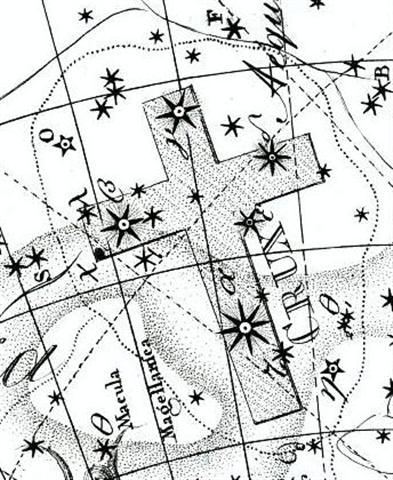Ba8.1 Glyph line Ba8 should therefore begin with the day for the Julian equinox at Ba8-1, viz. with day number 84 = March 25 (3-25 → Council of Nicaea), when in the night the nakshatra Full Moon should have been visible at the position of the right ascension day following the autumn equinox (September 23, day 266 = 84 + 182). ... In time-space (Pacha) everything was present simultaneously, for this was necessary when telling about the structure as a whole ... Presumably the B text continues in weekly strides and the central glyph in the first week, Ba8-4, surely alludes to day 84 (the position of the Julian spring equinox).
Above I have ordered the nakshatra dates in the Golden Age of the Bull in parallel with the present (at the time of rongorongo) heliacal days. For instance, due to the precession JULY 21 (day 202 in the Gregorian calendar) was 64 days earlier than the corresponding current day number: 202 + 64 = 266 (September 23), and then 266 - 182 = 84 (March 25) had to be at the opposite side of the year.
It seems natural to arrange the current nakshatra stars at the Full Moon in parallel with the day positions they would have had in the Golden Age of the Bull. This method, I now discover, means the day number difference will be 118 = 4 * 29½, a nice result. For instance is 202 (JULY 21) = 84 (March 25) + 118:
The unusual figure in Ba8-2 could perhaps refer to the Southern Cross, because 85 (March 26) + 182 = 267 (September 24) when the Sun reached Acrux (*187 = 267 - 80) at the bottom of the Cross. However, we should notice that in the G text a similar glyph marks SEPTEMBER 24 (= JULY 21 + 65) at the time of the Bull.
|
||||||||||||||||||||||||||||||||||||||||||||||||||||||||||||||||||||||||||||||||||||||||||||||||


